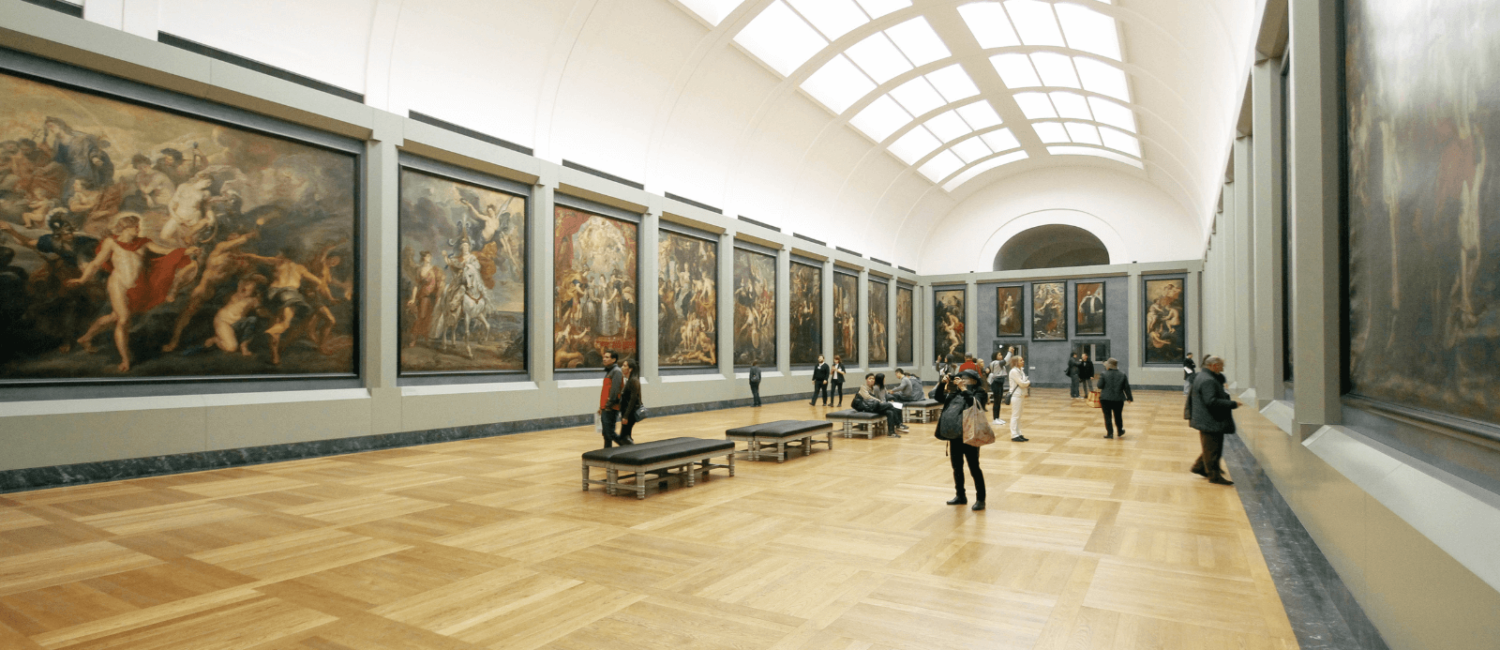Digital accessibility in museums is vital for inclusivity and equal opportunities. Museums should be welcoming to all, whether in person or online. Since they serve as hubs for cultural experiences and resource sharing.
Museums and galleries aim to engage diverse audiences and break free from scrutinized narratives in their current efforts. They not only challenge their traditional ways of working but also provide deeper access to knowledge and information.
Institutions now prioritize reaching those who have never had the opportunity to visit museums. To accomplish this, museums need to make content accessible in multiple formats. They have to upload content on platforms familiar to minority and disenfranchised groups.
Digital accessibility in museums
Digital accessibility ensures people who cannot physically visit museums, or face other barriers can still benefit from the museum’s collections. Here are some key reasons for ensuring digital accessibility in museums.
Inclusivity in museums
Digital accessibility allows individuals with disabilities, such as visual impairments, hearing impairments, or mobility limitations, to access museum content independently. It ensures that everyone, regardless of their abilities, can enjoy and learn from the cultural resources and exhibits.
Geographic Reach
Digital accessibility extends the reach of museums beyond their physical locations. People from remote areas can explore and engage with museum collections and exhibitions without the need for travel.
Educational Opportunities in museums
Digital accessibility opens up educational opportunities by providing online resources, virtual tours, and interactive exhibits. Students, researchers, and lifelong learners can access valuable information, artworks, historical artifacts, and educational programs offered by museums. This fosters a broader understanding of culture, history, and science.
Preservation and Conservation in museums
Digital accessibility allows museums to digitize their collections and make them available online. This preserves cultural heritage by providing digital archives that can be accessed and studied without compromising the original artifacts.
Visitor Engagement and Interaction
Digital accessibility offers interactive experiences, multimedia content, and innovative technologies, enhancing visitor engagement. It can include features like audio descriptions, sign language interpretations, and alternative text for images. Also captioning for videos, enables a diverse range of visitors to fully experience and appreciate the museum’s offerings.
Social and Cultural Impact
By ensuring digital accessibility, museums contribute to the democratization of knowledge and culture. They enable individuals from different backgrounds, socioeconomic statuses, and abilities to participate in cultural conversations, fostering social cohesion and understanding.
Digitization of Museum exhibits
Museum exhibits showcase curated collections for education, culture, and aesthetics. They engage visitors, deepen understanding, and create immersive experiences. Interpretive content provides context and guides exploration. Interactive elements like touch screens, VR, and hands-on activities promote active engagement. Audiovisual components enhance the visitor experience with videos, sound, and storytelling.
Digitization provides rich, binge-worthy content
Digitization of artwork allows visitors to engage actively with the content. Touchscreen displays, interactive projections, virtual reality experiences make exhibits more engaging. Also augmented reality applications provide immersive and dynamic experiences, making them more memorable.
Also digital tools allow museums to incorporate multimedia presentations into exhibits. Videos, animations, audio recordings, and interactive displays can enrich the storytelling. Therefore they provide additional context, enhancing visitors’ understanding and engagement with the content.
Moreover digital technologies enable museums to digitize their collections and make them accessible online. Virtual exhibits, online galleries, and digital archives allow people to explore and learn about museum artworks without physical limitations. This expands the reach and impact of museum collections beyond the traditional museum walls.
codemantra helping museums ensure a seamless transition to digital
Digitizing books and artworks is not a recent development. Since 2002, codemantra has been assisting publishing houses, universities, and educational organizations in converting physical archives into digital libraries. However, the global pandemic has served as a necessary wake-up call for many museums. It has urged them to not only assess their digital capabilities but also recognize the importance of digital revenue streams. These streams offer greater reach and long-term flexibility for museums.
In a recent collaboration, codemantra joined forces with the Metropolitan Museum of Art to expedite its digital transformation initiatives. With codemantra’s assistance, the Met successfully digitized over 700 art monographs, creating high-quality e-books that comply with ADA accessibility standards. This significant achievement greatly enhances accessibility for art enthusiasts. Moreover, converting rare treatises into ADA-compliant digital copies offers a more cost-effective solution compared to the museum’s previous print-on-demand format.
Sanjeev Kalyanaraman, COO of codemantra, shared insights at MuseumNext Digital Income Summit. Their company aids institutions in profitable digital transformations, meeting visitor needs and budget challenges. These projects aim to meet the needs of contemporary museum visitors. And also address the pressing financial challenges faced by museums and galleries with limited budgets.









